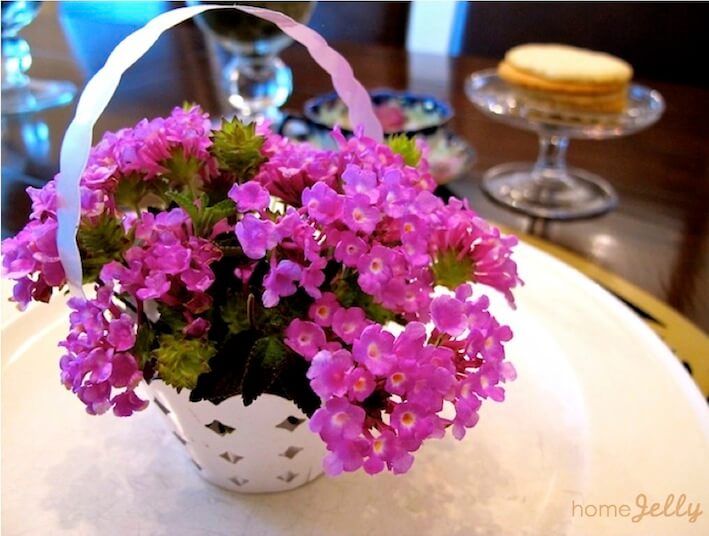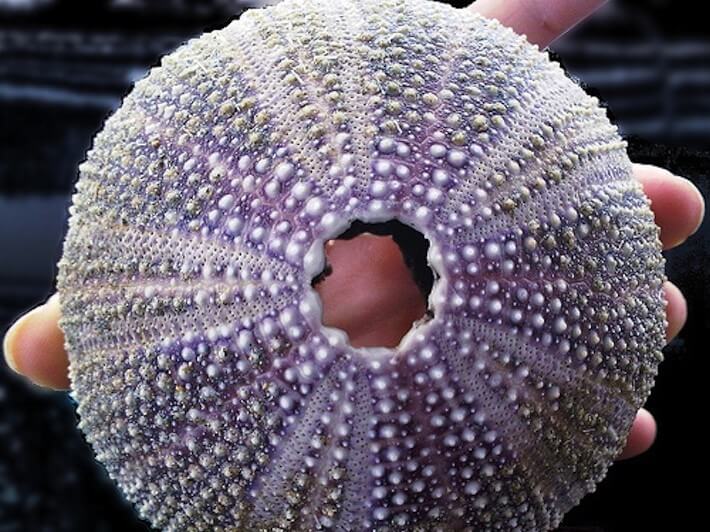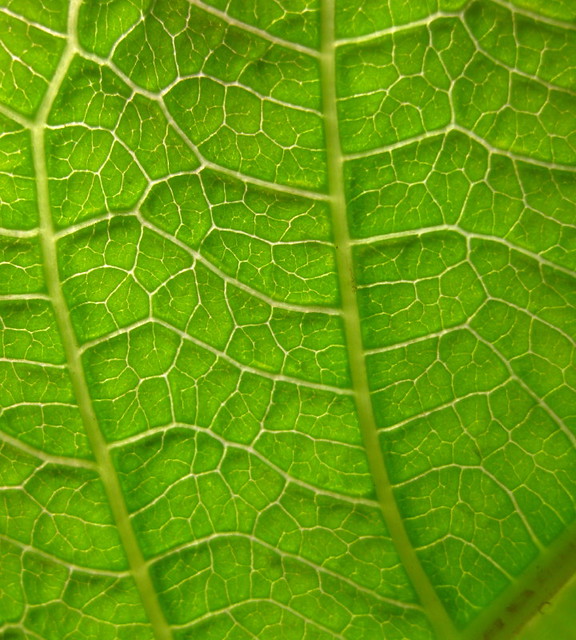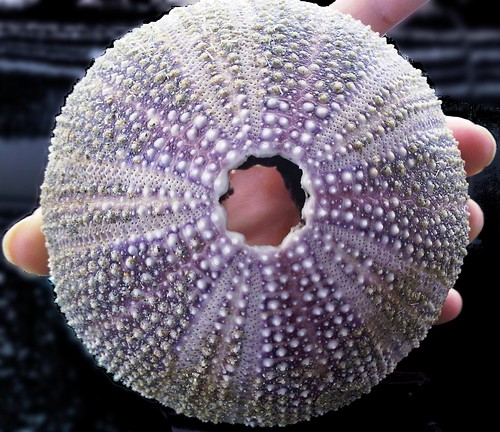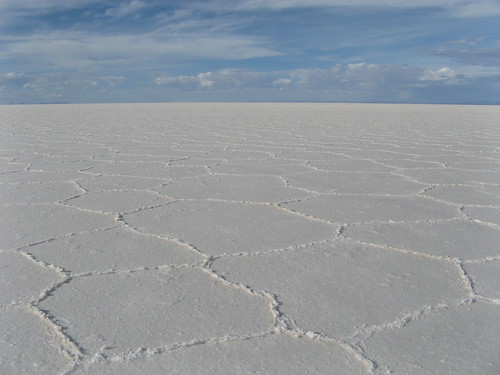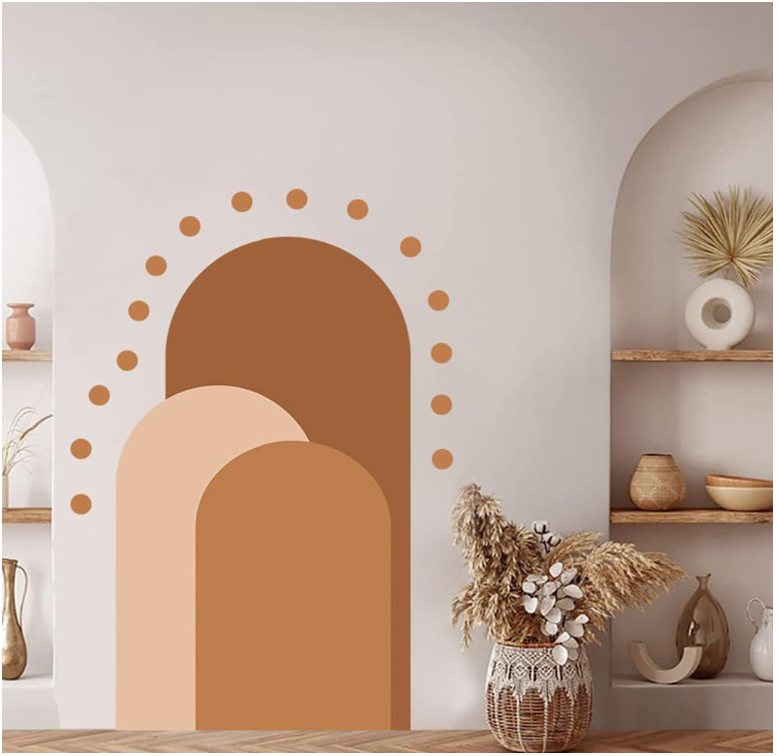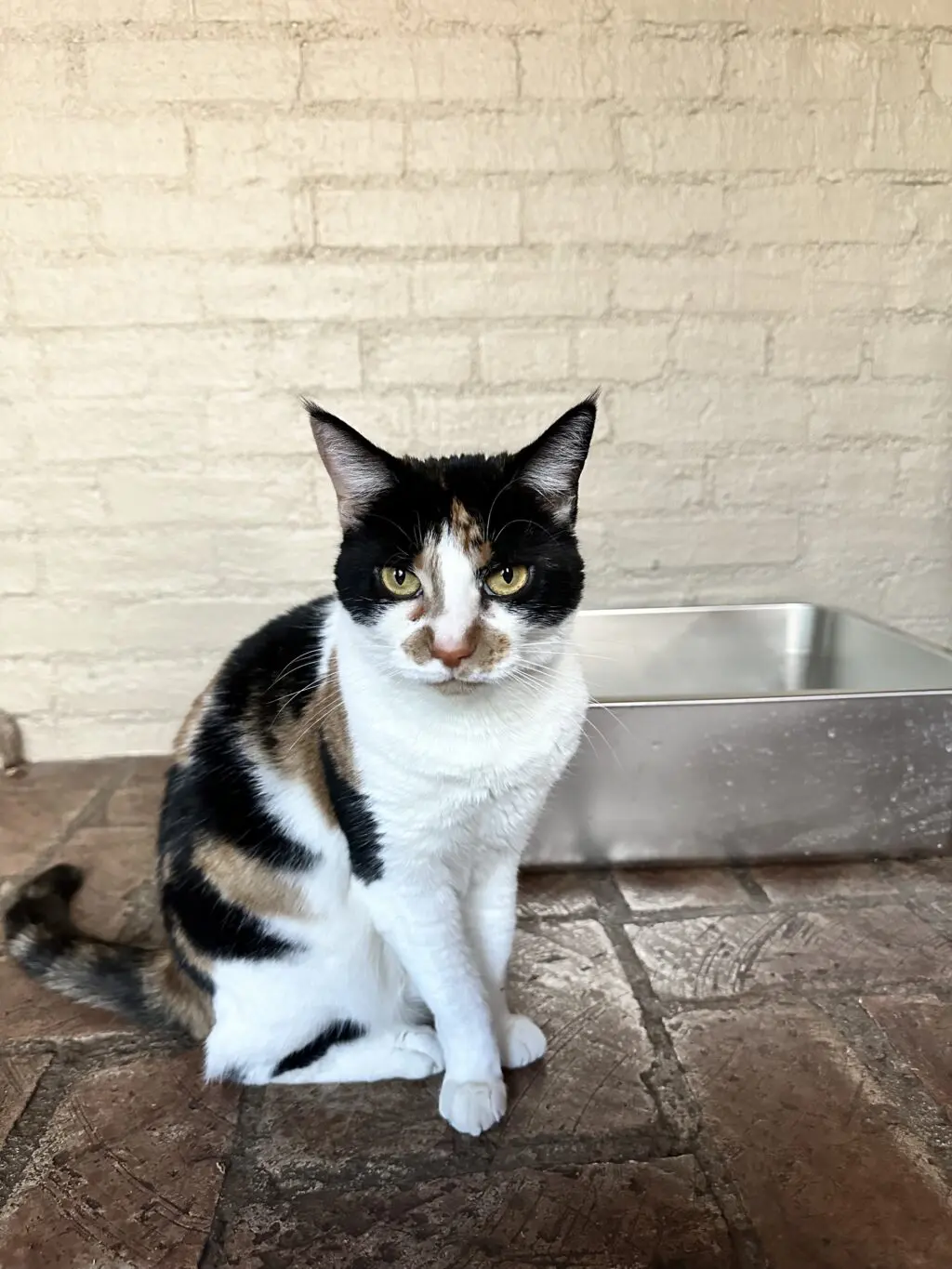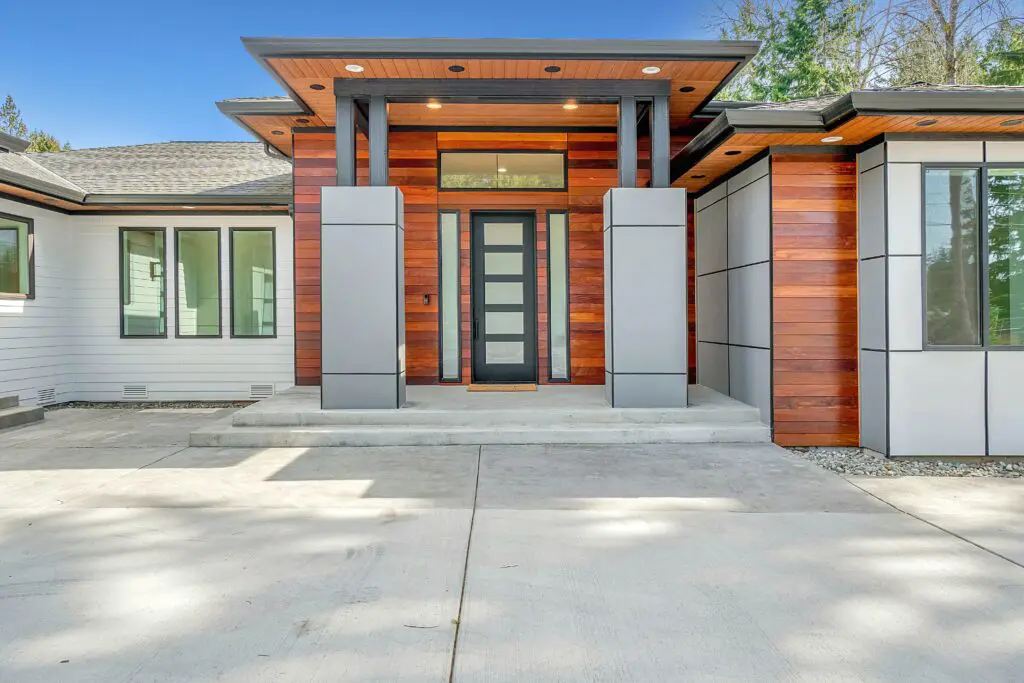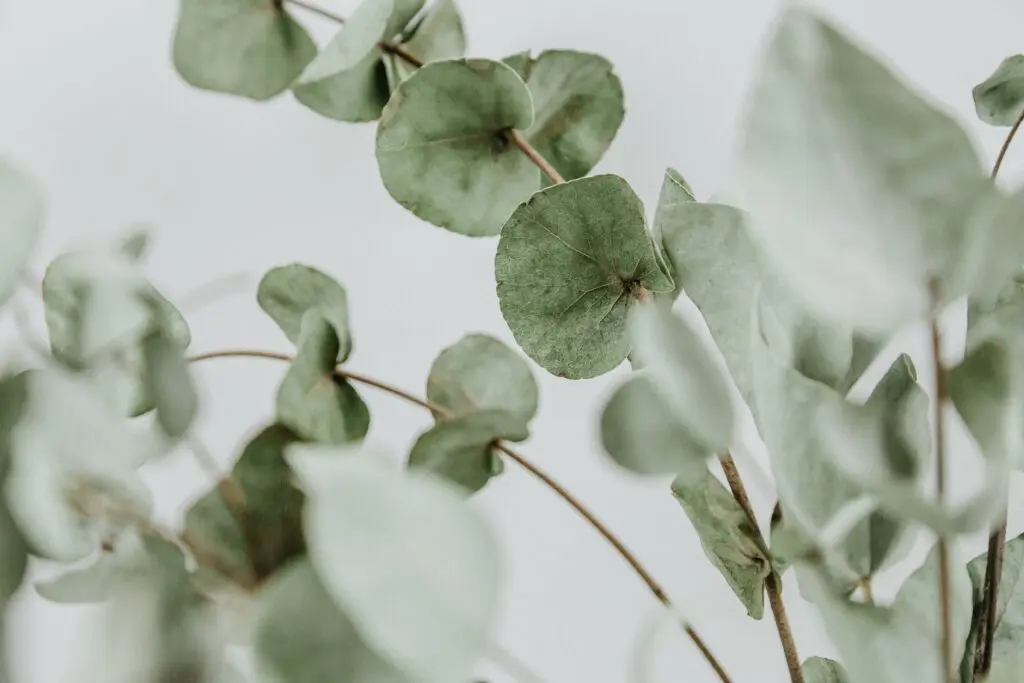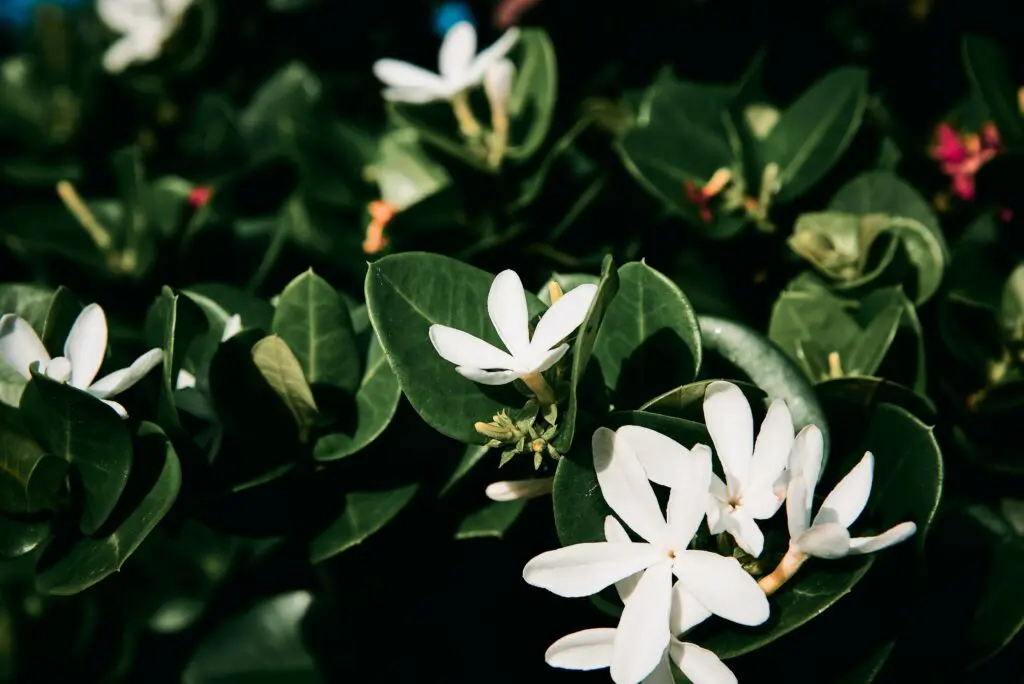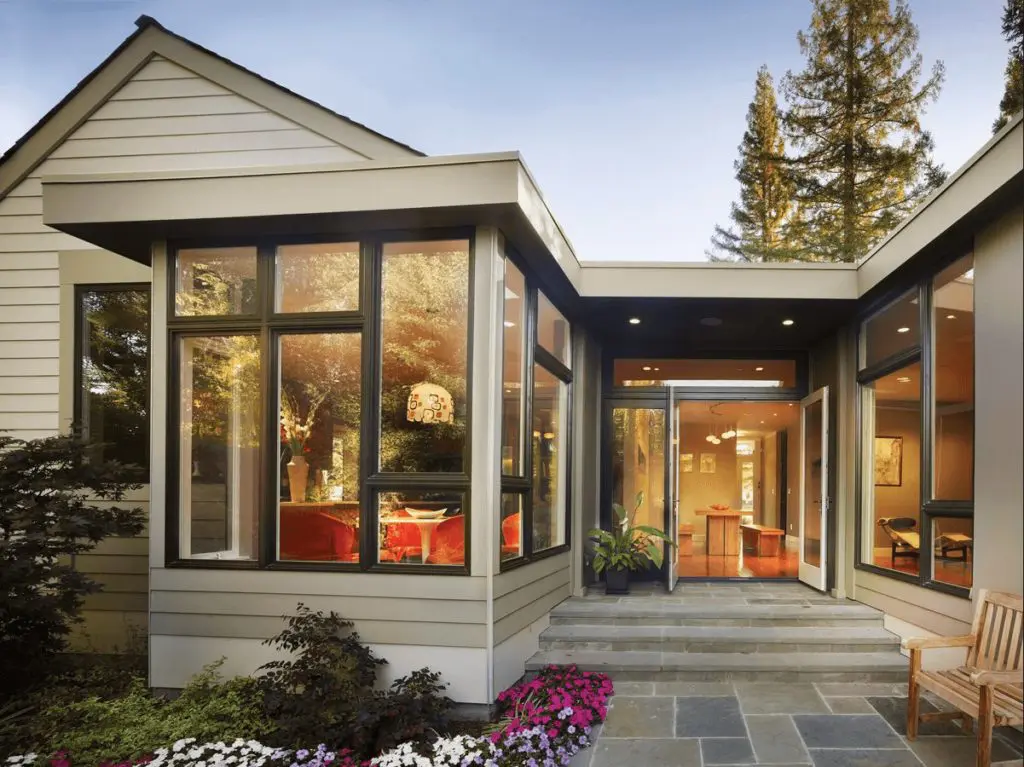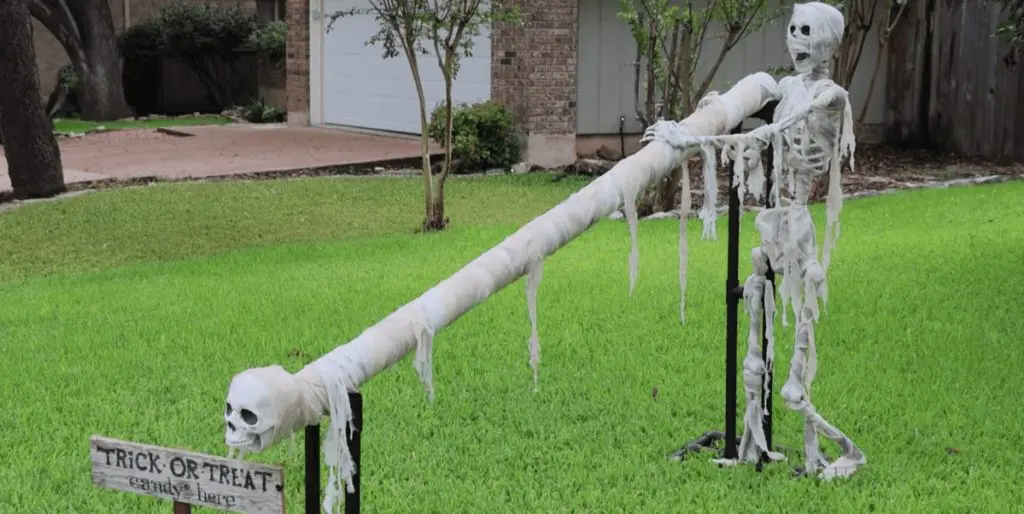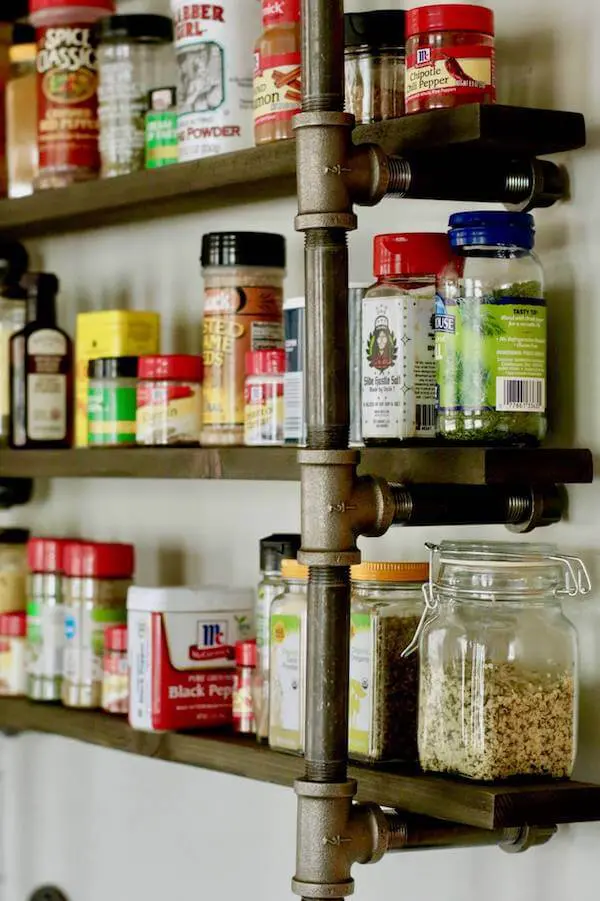A fractal is a geometric shape that can be divided and repeated with a “self-similarity”: each copy a smaller, identical version of the original. There are many naturally occurring fractals in nature: craters, coastlines, crystals, animal patterns, and clouds are just a few examples.
While the fractal is mostly referenced as a mathematical set, it is often borrowed for use in architecture and interior design. I often gravitate towards nature for inspiration when it comes to my home decorating. Animals, plant life, and landscapes offer natural structural and color schemes. This month, I’ve been researching some eye-catching examples of fractals in nature.
I am highlighting four of the most impressive instances of fractals in nature. Following each image will be examples of how you can incorporate that look into your own room design. Enjoy!
Leopard
Most predators have geometric stripes and spots for camouflage; if they blend in with the patterns that surround them, they are more likely to catch prey. What I love most about leopard markings is that they aren’t “spots”, per say, but flower-like rosettes. Inside of the rosettes is a color that’s a bit darker than the fur that covers their bodies.
Any animal print used in your home should almost camouflage with the rest of the room. It shouldn’t be a pattern that sticks out, it should work with the other patterns of the room. Your leopard print should be noticeable, but chic and downplayed. While animal print rugs may be out (hopefully forever), you can still use it with a throw pillow or even the inside of a lamp shade. You can also try to recreate the markings yourself and revamp old accent pieces, like this blogger did with an acrylic tray.
Leaf
Leaves have a distinct fractal pattern through the veins, as you can see in the photograph above. This is referred to as venation and can also be seen when viewing rivers and tributaries from the sky.
Chinese window lattices would be a great way to include fractals in your design scheme. It’s a perfect example of a mathematical theory being used in interior decorating. Chinese lattices are modeled using algorithmic methods, just like fractal sets are.
Art nouveau is another style that came to mind when I saw this photograph, probably because most of the work from this period was inspired by fractal patterns. Most Art nouveau doors, terraces, and other ironworks mimic the “veins” of the leaf. They are incredibly detailed and geometric; just look at this beautiful wrought iron railing below.
Sea Urchin
Sea urchins are one of the most interesting organisms in the ocean. They have fivefold symmetry and, like many other manifestations of the ocean, they are living fractals.
Many decorators like to incorporate sea life into their design, especially for beach houses and coastal destinations. I’ve never been one to stick a bunch of shells into a vase, put it in my bedroom, and call it my “beach house getaway.” I do, however, like to use elements of the ocean sparingly. In order to compliment the details of the sea urchin, stick to globular accent pieces like lamp bases and pendants.
Utilize the fivefold symmetry-it’s the signature of the sea urchin. I like this pendant from KINA, which was said to be inspired by urchins. I also found a good DIY project on Apartment Therapy, where someone turned their sea urchin terrarium into a hanging light fixture.
Salt Flat
Salt flats, or salt pans, are expansive areas covered with geometric patterns of salt and minerals. They are a result of pools of water drying up and evaporating. The flats usually appear white because the minerals reflect the sun.
When I saw this photo of a salt flat, it immediately made me think of a textured accent wall. Notice how similar this wall looks to the salt flat picture above. Adding a textured pattern to a muted color is one of my favorite decorating tricks. Modular tiles for walls is a growing trend and adds an architectural interest to any room.
How do you incorporate nature’s fractals in your home spaces?
